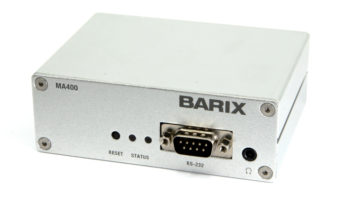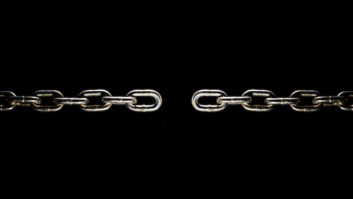Establishing a SIP Connection
Jun 1, 2008 12:00 PM, By Chriss Scherer, editor
For two codecs to successfully communicate via SIP through a SIP server, information must be exchanged between the two devices. Codecs manufactured by members of the Audio-via-IP Experts Group are SIP compliant. These manufacturers include AETA, Mayah, Oban/CRL and Tieline.
When one codec attempts to communicate with another via SIP, the two units begin the negotiation process shown in the figure.

Codec 1 first suggests an audio encoding algorithm, sampling rate and coding rate, such as MPEG Layer 2 at 48kHz and 384kb/s. Codec 1 can also suggest an alternate encoding method, such as MPEG layer 3 at 44.1kHz and 256kb/s. Codec 2 is unable to use Layer 2 audio, so it selects the alternative (Layer 3) by responding with those settings. Codec 1 acknowledges the chosen algorithm by transmitting an ACK signal. The two devices are then connected via the Layer 3 option.
It is common for a device to offer several options of encoding to ensure that a connection can be established. The SDP portion of the SIP message carries this information, and the choices are offered in an order of priority for the receiving codec to choose.










